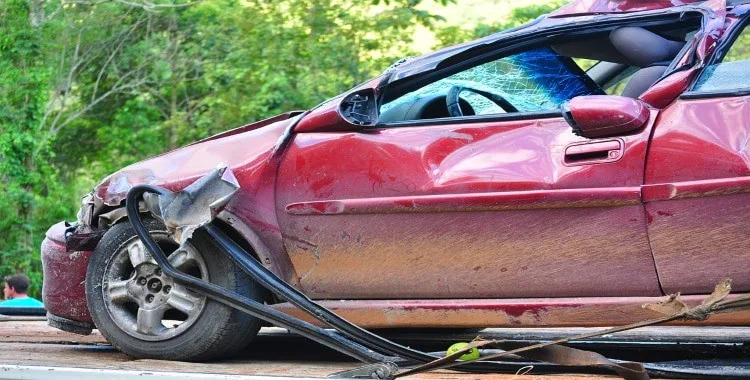
Seatbelts are mandatory in the vast majority of vehicles, and for good reason. They have been proven to save lives on the roads, averting serious harm and death for millions of drivers and passengers alike.
Here is a look at the significant role that seatbelts play in keeping people safe, and why you should always belt up when you are behind the wheel or riding shotgun.
The stats don’t lie
It is difficult to overstate the importance of seatbelts when it comes to car safety. Studies have shown that seat belts reduce the risk of death by 45%, so even if you do suffer a collision, your chances of survival will be much higher if you are restrained.
In spite of this, around a tenth of people still do not wear a seatbelt. This means that unnecessary risks are being taken every day, and so it is necessary to face up to the realities of traffic incidents and the injuries and fatalities that come along with them.
Annually it is estimated that 15,000 deaths are prevented by seatbelts, yet 50% of the fatalities recorded in vehicular collisions each year are directly attributable to the individual in question failing to wear a seatbelt.
The dangers are not just about the individual
You could argue that not wearing a seatbelt is a personal choice that does not affect anyone else, but in reality this is not the case.
This is particularly relevant for passengers sitting in the rear row of seats. If a collision occurs and they are not restrained, then they could seriously injure or kill the people in the front row of seats as they are thrown forward by the impact. So even if the driver is responsibly belted up, passengers who are unrestrained could put them at risk.
It is also sensible to take this precaution because being thrown from a car after a collision is 30 times more commonplace if you have failed to secure your restraint.
Age makes a difference
Interestingly enough there are age-based differences both in terms of seatbelt use and when it comes to collision-related fatalities.
Under 35s are at most risk of dying when a car crashes if they are not restrained, an indicator of the lack of caution that younger people tend to have, especially on the roads.
History doesn’t lie
Seatbelts became a necessity for a number of reasons, chiefly because as cars became faster and more powerful and road infrastructures allowed for quicker speeds to be achieved, accident rates and fatality figures rose in tandem.
It took the work of Volvo engineer Nils Bohlin in the late 1950s to bring modern seatbelts to the masses, as the safety and security of his three point system was far superior to the lap belts which had been the norm before this point.
The three point restraint puts less strain on the body of the wearer and further limits injuries in a collision, and the fact that Volvo did not choose to charge licensing fees for the concept is a testament to its moral fortitude.
By 1966, seatbelts became a mandatory feature of new cars sold in the US, although various campaigns to raise awareness about their important role have been required to encourage as many people as possible to actually take advantage of them.
So there you have it; while more advanced safety features have emerged in recent years, the humble seatbelt is still top dog when it comes to saving lives, and will remain a firm fixture of cars for many decades to come.
- Sagittarius Man & Gemini Woman Love and Sex Compatibility - January 31, 2024
- Taurus Ascendant Rising Personality Traits in Men (Guide) - January 31, 2024
- How to Seduce and Attract a Sagittarius Man (Seduction Tips) - January 31, 2024
